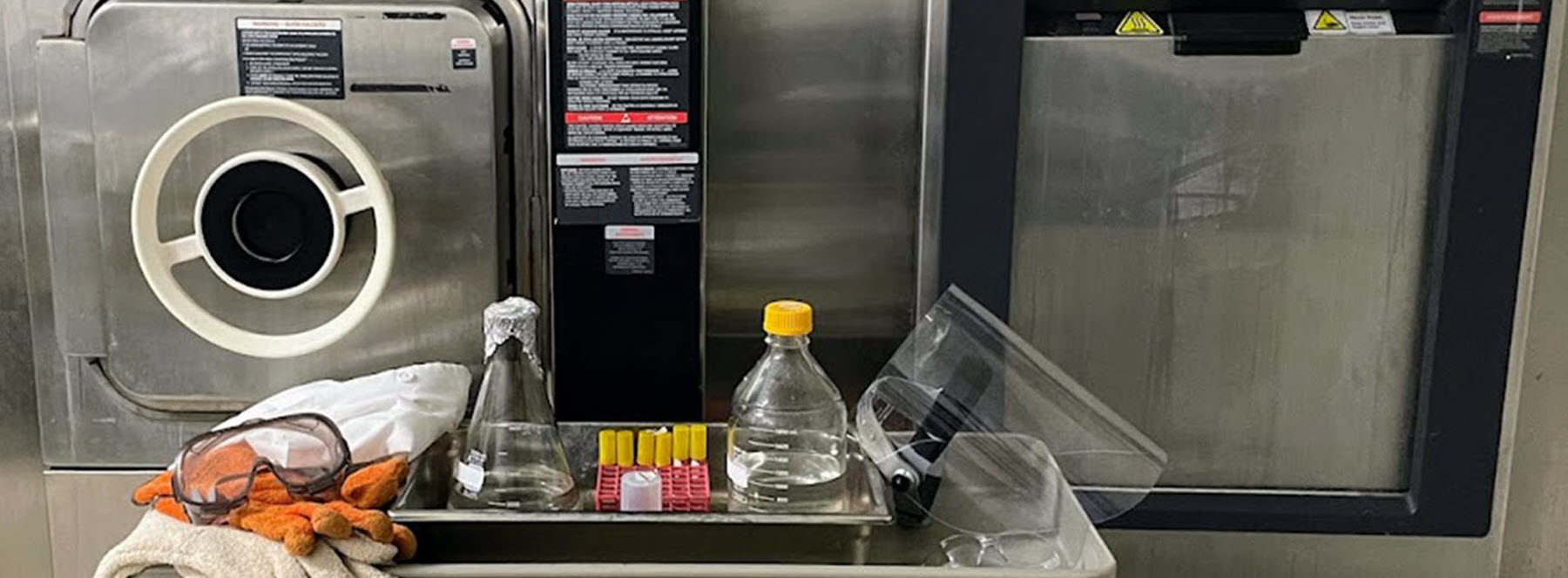Safe Use of Autoclaves

Safe Use of Autoclaves
Autoclave use is inherently hazardous due to the high pressure (15 PSI) and high temperature (121°C) needed to sterilize biological material. Engineering and administrative controls reduce the risk of exposure to these hazards, but failures in these controls can lead to:
- Injuries from steam, hot liquids/metals/plastics, broken glass/other sharps
- Biological exposure due to improper packaging or inappropriate settings
- Abrupt release of pressure and resulting injury or physical damage
- Burning of combustible materials
- Exposure to fumes from melted plastics
- Spills of media or small solid items into the autoclave drain, causing clogging
- Downtime due to time-consuming cleaning and repair of the equipment
- Trips and Falls if waste bags are not removed from the autoclave room after they cool
Shared spaces such as autoclave rooms are harder to manage. As a solution, we urge Principal Investigators, lab managers, business managers, and others who supervise those using autoclaves to critically evaluate the facilities their lab is using by:
- Making sure the appropriate PPE and autoclavable bins are available for users
- Using the training checklist to review safe and proper autoclave operation with any staff and students who use autoclaves in your area
- Posting the hazard alert, info sheet, and log sheet (or similar) near the autoclave

